Beginning in the spring and running through the fall, a dozen of the top spots to join the 50-pounds-or-better club.
From rivers to rips and sloughs to sandy beaches, the spots where one might hook into a 50-pound-or-better striped bass are varied on the East Coast. But there are places—some well known and some super secret—that just have a knack for putting out these oversized linesiders with greater-than-average frequency. Now it’s not to say that you can just run to any of the spots on this list, drop a bare hook into the water and fish will jump all over it; oh no, you still need to know what you’re doing to find success. But if you pick one of these spots and put the time and energy into not just fishing but also learning the intricacies that make it productive, in due time you’ll land that 50-pounder. Who knows? If you’re good enough and there is enough luck on your side, then maybe you’ll do even better.
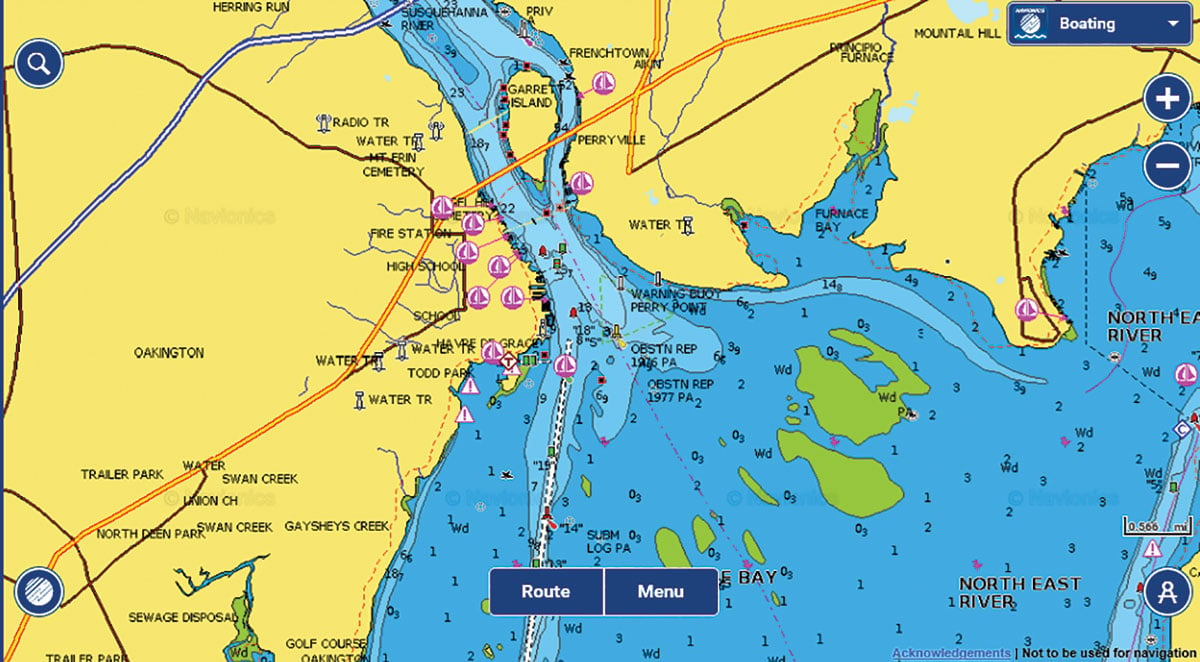
Where: Susquehanna Flats, Maryland
When: April
How: Located at the mouth of the Susquehanna River where it begins emptying into the Chesapeake, this delta region is a perennial hotspot for catch-and-release trophy stripers. “A big draw at the Susqy Flats is the opportunity to catch a true trophy striper on a surface plug,” is how guide Pete Dressler described the location where big, pre-spawn stripers return to the upper bay every spring while following herring and shad up into the Susquehanna River. When water temps hit the magic 50-degree mark, big “rockfish” are more apt to whack flies, swimming plugs and topwaters. There are some wade-in locations for those up to scouting bank-side locations, though most shallow draft boaters look for depressions inside the flats primarily in 5- to 8-foot depths.

Where: Seaside, New Jersey
When: May/October
How: Big menhaden migrate north in the spring, south in the fall; it’s about as simple as forecasting the daily direction of sunrise and sunset. But there’s something about the stretch of coastline made famous by the old Ferris Wheel lost in Superstorm Sandy that locks those big baits in close for longer periods of time twice a season, allowing boaters and surfcasters biannual shots at big stripers. Typically offshore, west winds put bunker in tighter to the beach while making schools easier to spot in the early morning sun. Live-lined baits are like candy when big stripers are in blitz conditions, but pencils and metal-lips take their fair share of 50-pound-plus fish every spring and fall. Forget Snooki, Seaside is striper country!
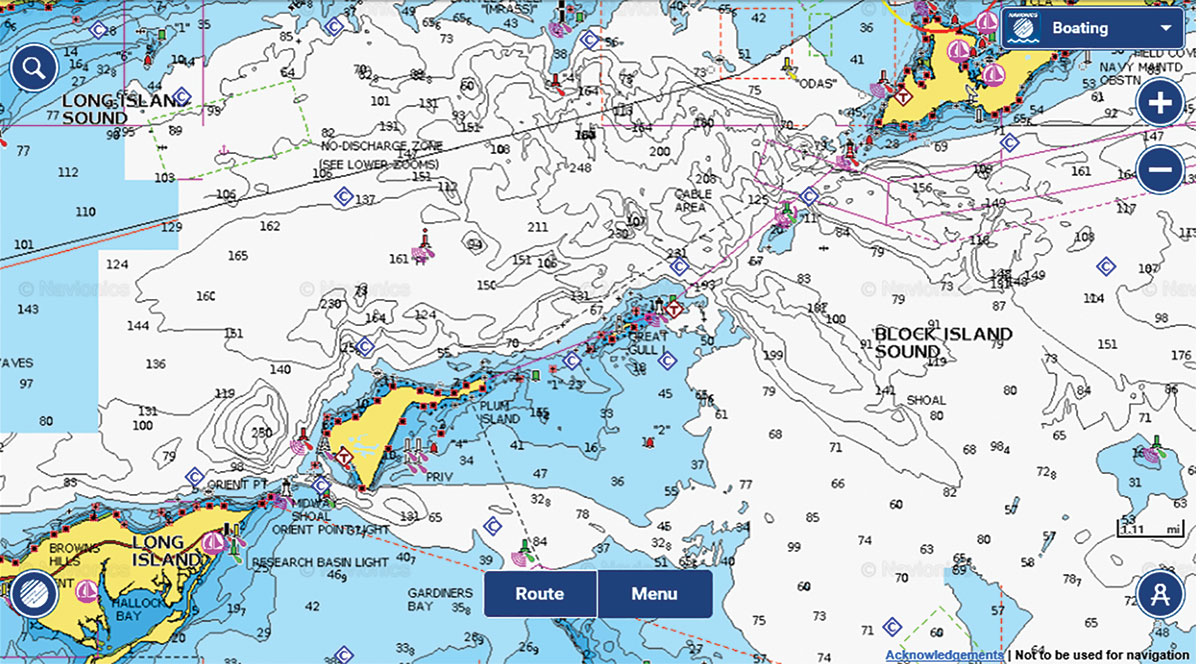
Where: The Sluiceway, NY
When: May – June
How: Within easy reach of the tip of Long Island’s North Fork is a trio of heralded striper spots, any one of which could settle your dream for a 50-pounder—or maybe even a 60. Some even claim that a world record bass is a very real possibility from these waters. Plum Gut, The Race and The Sluiceway all have long standing reputations for yielding trophy stripers, but it is the Sluiceway that most East End sharpies point to if you’re looking for a true jumbo. Drifting three-way rigs with a 4- to 6-foot length of 60- or 80-pound mono leader on one eye, and 18 inches of 40-pound leader to a second eye for your sinker is pretty standard. Bucktails tipped with pork rind get a lot of play by regulars here, especially in the spring, and live eels fished off three-way rigs have accounted for numerous trophy bass from these waters. Not so surprising given the abundance of bunker in our waters these days, chunking with bunker or fishing live bunker have also taken their share of big stripers.
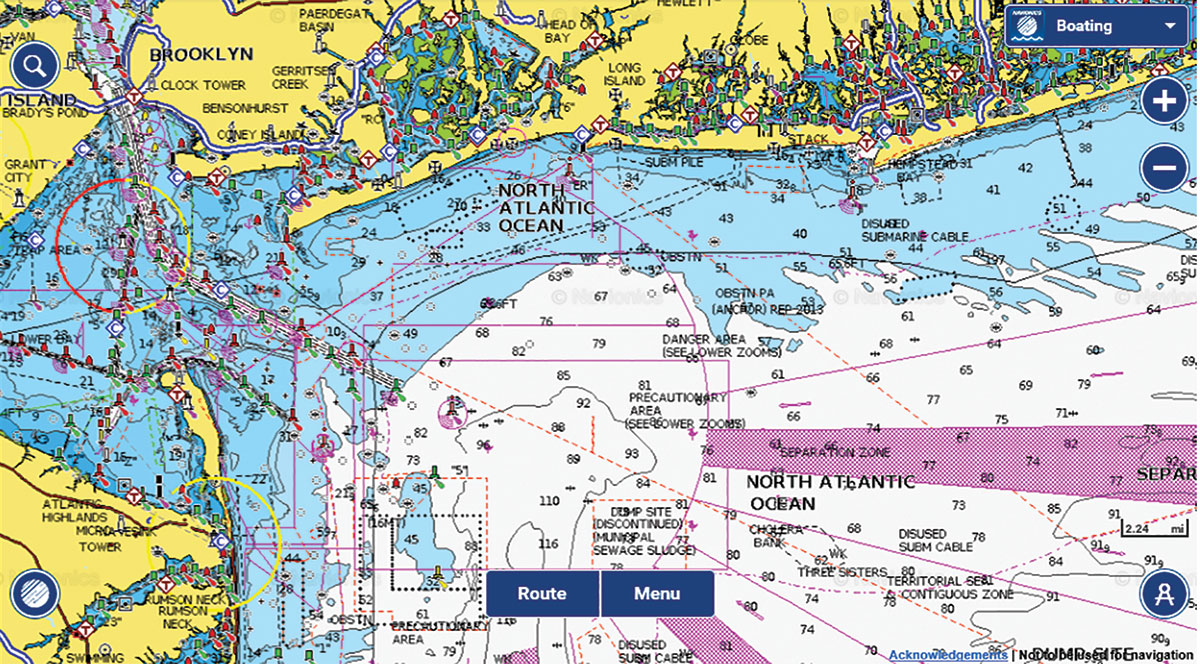
Where: Raritan Bay/South Shore Long Island
When: May – July
How: Snagging and dropping with live bunker has produced its share of 50-pound stripers during the “bunker run,” but so have bunker chunks or whole dead bunker fished down near the bottom below the bunker schools. There are also times when big bass tear into the baitfish at the surface, making them vulnerable to topwater plugs like pencil poppers or Danny plugs. This spring on the West End, trollers towing bunker spoons and MoJo rigs did a good job on the big girls, especially when the fish seemed to be avoiding bunker baits. For each of the past 10 or more years, a huge body of large striped bass has meandered its way through these menhaden schools, and then for reasons known only to them, settle into one particular area for an extended length of time, before moving on to the next stopover. The hot fishing typically begins off Northern New Jersey before the fish turn east along the South Shore. Raritan Bay in New York Harbor normally provides the first good opportunity for New York anglers to connect with a trophy striper.

Where: Shrewsbury Rocks, New Jersey
When: June
How: While livelining bunker would seem a surefire way of picking off trophy stripers any time at all, the wire line fleet definitively has the edge here. The tactic of dragging big bunker spoons was gleamed primarily from the old time traditions of the Raritan Bay, but this natural rock formation is actually one of the largest natural expanses of scattered rock bottom in the entire mid-Atlantic, which stretches from 14 feet in depth out to 50 feet off the Monmouth County coast. A staging area for stripers from spring through summer and well into the fall, for folks wishing to get out early and away from the ‘snag and drop’ fleet, big Maja spoons along the rocks may put you on your trophy and back at port in time to start the workday.
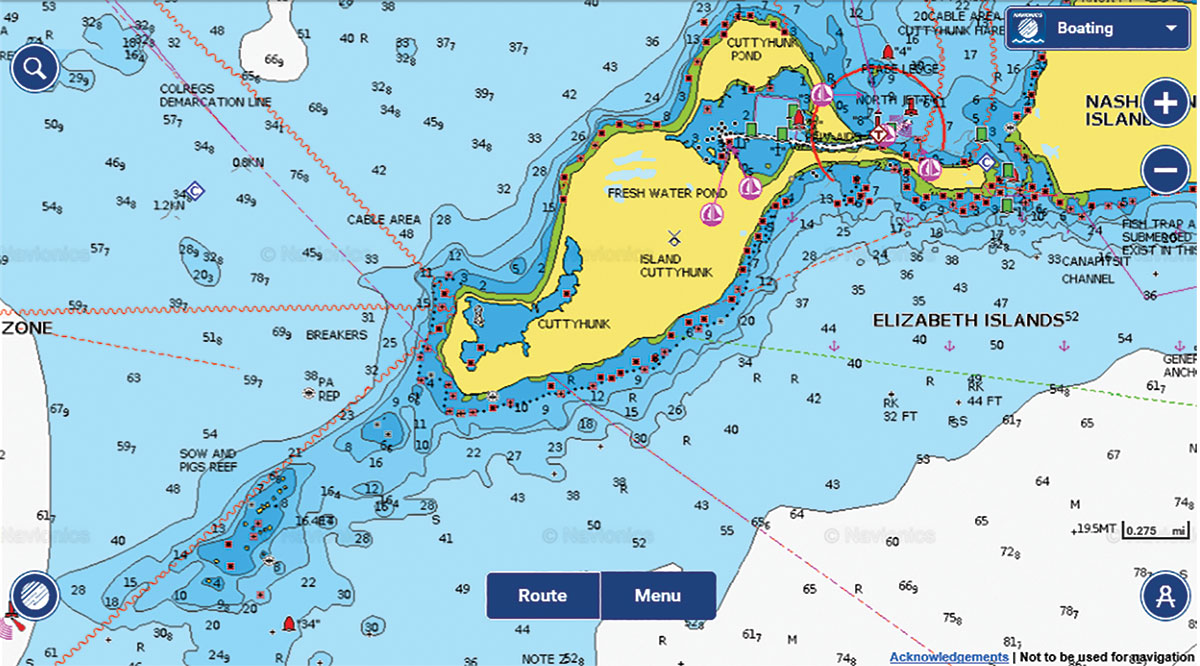
Where: Cuttyhunk, Massachusetts
When: June/September
How: If you’re looking to land a 50-pounder from the surf in New England, then Cuttyhunk should be near the top of your must-fish list of spots. Just about every inch of this rocky island has the ability to produce a huge bass, and boat fishermen working back at the same shoreline as well as a slew of nearby reefs, rips and rocks regularly rack up scores of big fish as well. Trolling large wooden plugs produced for boaters in years past and is still a good bet today, while eeling both by boat and from the shore is just about a no-brainer here. Some key spots to hit include Canapitsit Channel, 3-Rock Cove and the point on the southwest corner of the island on out to Sow and Pigs Reef.

Where: South Side Rocks, Montauk, NY
When: June/October
How: There was a time when the fall, especially the last half of November was prime time for connecting with a 50-pounder, but my how times have changed. The Montauk surf has experienced a mysterious dearth of not only big stripers, but stripers of any size once Columbus Day is in the books. And that by the way has extended to the boat fishing as well. The lighthouse area remains a potential 50-pounder spot, but these days, most of the really big fish, including a couple of 60-pounders, have come from the boulder-studded south side where wetsuit-clad casters position themselves on some of the most outlying rocks where deeper water and current are more appealing to big bass. Live eels are always a popular big fish choice, but some of the 50s from this area have fallen to plugs like darters and needlefish.

Where: Southwest Ledge, Block Island, Rhode Island
When: July
How: When the first big moon of the seventh month arrives, it’s tough to beat a live eel drifted in the many rips, drop-offs, boulders and fish-holding structure around Block Island’s Southwest Ledge. While traditional three-way rigs work, many of the local sharpies instead opt to cast their eels on spinning gear either without weight or with a small egg sinker that is just heavy enough to tend bottom. Expect to see fish progress along the south shore of Long Island, hit Montauk and then make the run across the Sound before their annual arrival off Block. Many great bass have been landed in these waters including innumerable 50-, 60- and even 70-plus-pound fish.
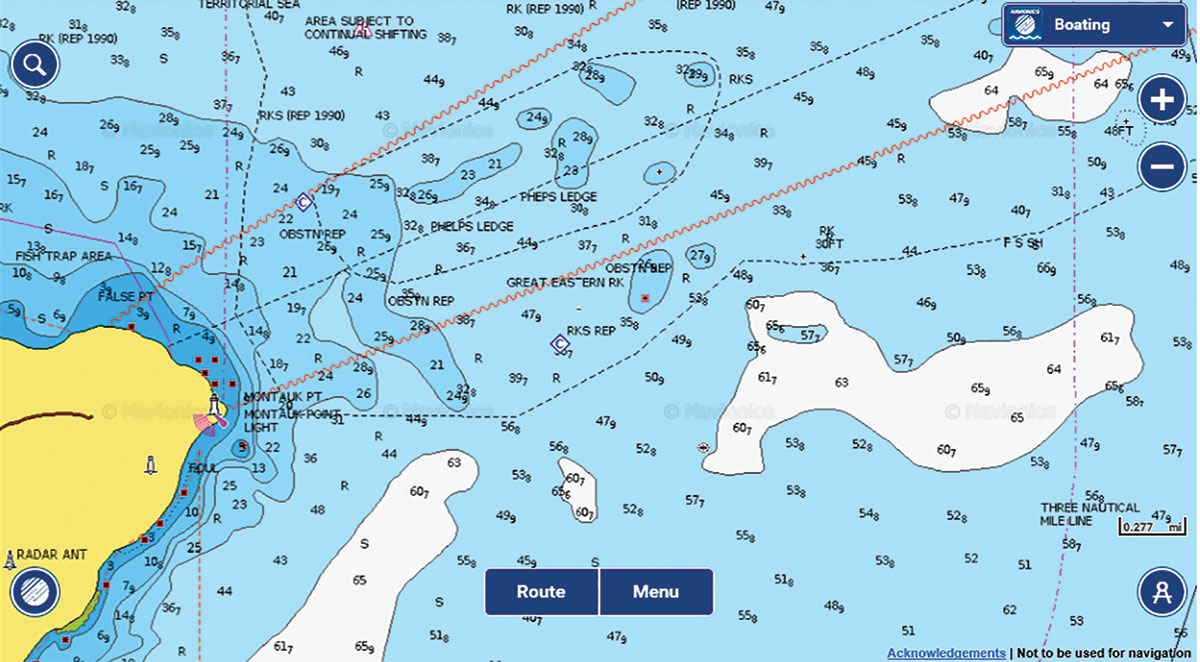
Where: Montauk Point
When: July – August
How: Stretching 80 miles out into the Atlantic, most stripers must pass through the Point’s hallowed waters. Summer is by far the best time to connect with a true trophy, with the July and August moons considered prime time by most captains specializing in stripers. Most years, the big bass begin arriving just prior to Memorial Day weekend. Hot fishing can last a couple of weeks, or as is the case in 2016, most of the summer. That main body of big fish that moved along the South Shore settled into the Point’s rips after the first week of July and the fishing remained hot through most of August. Most summers, there will be schools of big bass that linger at Montauk while the main body shifts its location to the waters off Block Island. Many anglers earned membership into the 50-Pounder Club over the course of that summer. Far and away, it was live baits like eels, spot, porgies and bunker that accounted for those fish topping the 50-pound mark.

Where: Scorton Ledge, Sandwich, Massachusetts
When: July – August
How: After schools of mackerel, bunker and herring exit the Cape Cod Canal, they either head northwest up the coast towards Boston as a body of big fish did last spring, northeast out into the expanse of Cape Cod Bay or east towards Scorton Ledge. Striped bass as well as striped bass hunters know this and at times the ledge area can be literally wall-to-wall boats. Time this bite in with the local commercial season and you’ve got the makings of the scene from Jaws when every greenhorn with access to even the most questionable of craft motors out into the sea in search of glory and a quick pay day. The shallow waters of this area allow for eels to be pitched on rather light gear, and the often heavy fishing pressure results in spooky fish, so lighter-than-normal leaders are often required.
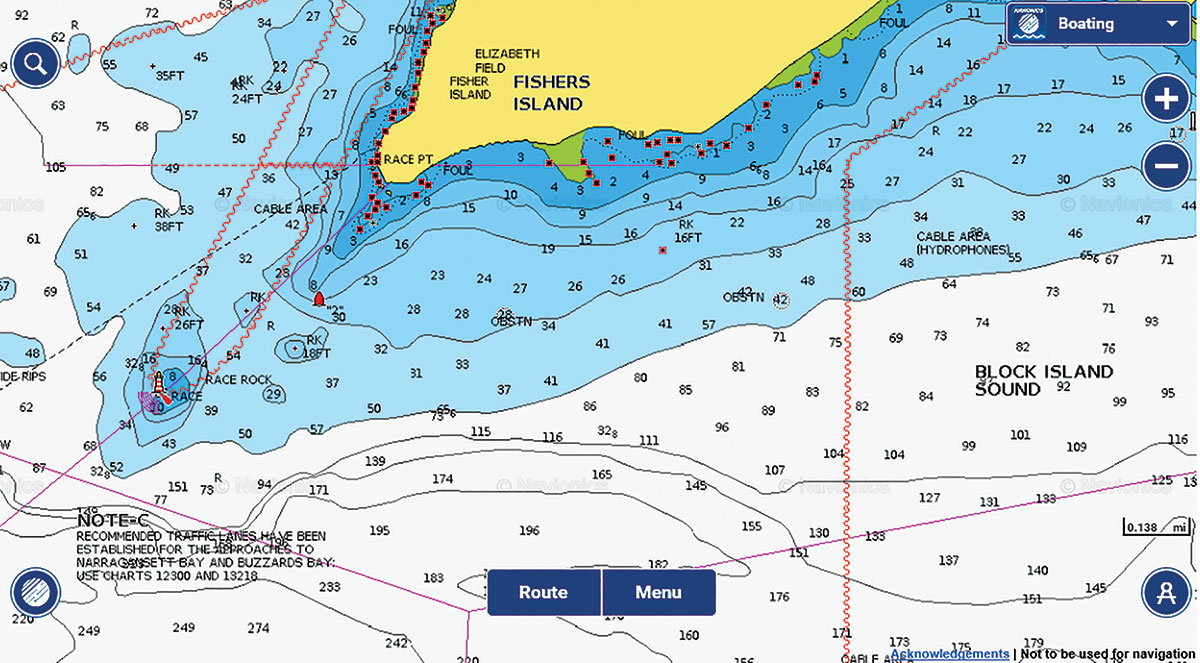
Where: Race Point, Fishers Island, New York
When: October
How: With depths ranging from just a couple of feet to well over 200 out past Race Rock, your options are wide and varied here. One of the best methods for hauling up a truly massive striper from the rushing, swirling currents off Race Point would be to deploy a three-way rig with a bucktail, eel or bunker trailing behind it. If you’re more of a shallow-water angler, then pitching live eels or bunker along the south side of Fishers accounts for 50- and 60-pound striped bass annually. Intrepid shore-bound anglers have found ingenious ways of gaining access to this same stretch of shoreline over the years, and quite a few of them have been rewarded for their efforts.

Where: 60-Foot Slough, Delaware Bay, New Jersey
When: November
How: Most years around Veteran’s Day, along one of the deepest cuts of the New Jersey side of Delaware Bay near the Punk Grounds and Tussy’s Slough, anglers have put some big fish across the gunnel, sometimes in the 50- and 60-pound range. “I like to anchor up on the northwest bank on a ledge where it drops from about 30 to 50 feet, and the best bite always seems to be when the tide is running hard and ripping out,” explained Capt. Don Stein of Fortescue, NJ adding that big, fresh chunks of bunker on large, 10/0 circle hooks get the job done. The key is chumming well and being prepared to hold in sometimes heavy currents (usually 6 to 10 ounces, sometimes 12 or 16 ounces).




